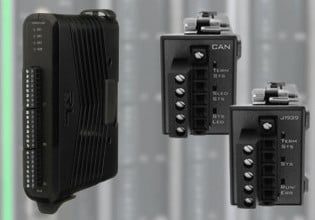M
While trying to get the configuration file uploaded to the laptop using comtext I get error #81 (unable to communicate). Someone told me that it could be the "transfer function" not being programmed in the TD10, which would mean I cannot upload. Anyone else have any ideas on this?
Thanks
Mike
Thanks
Mike






